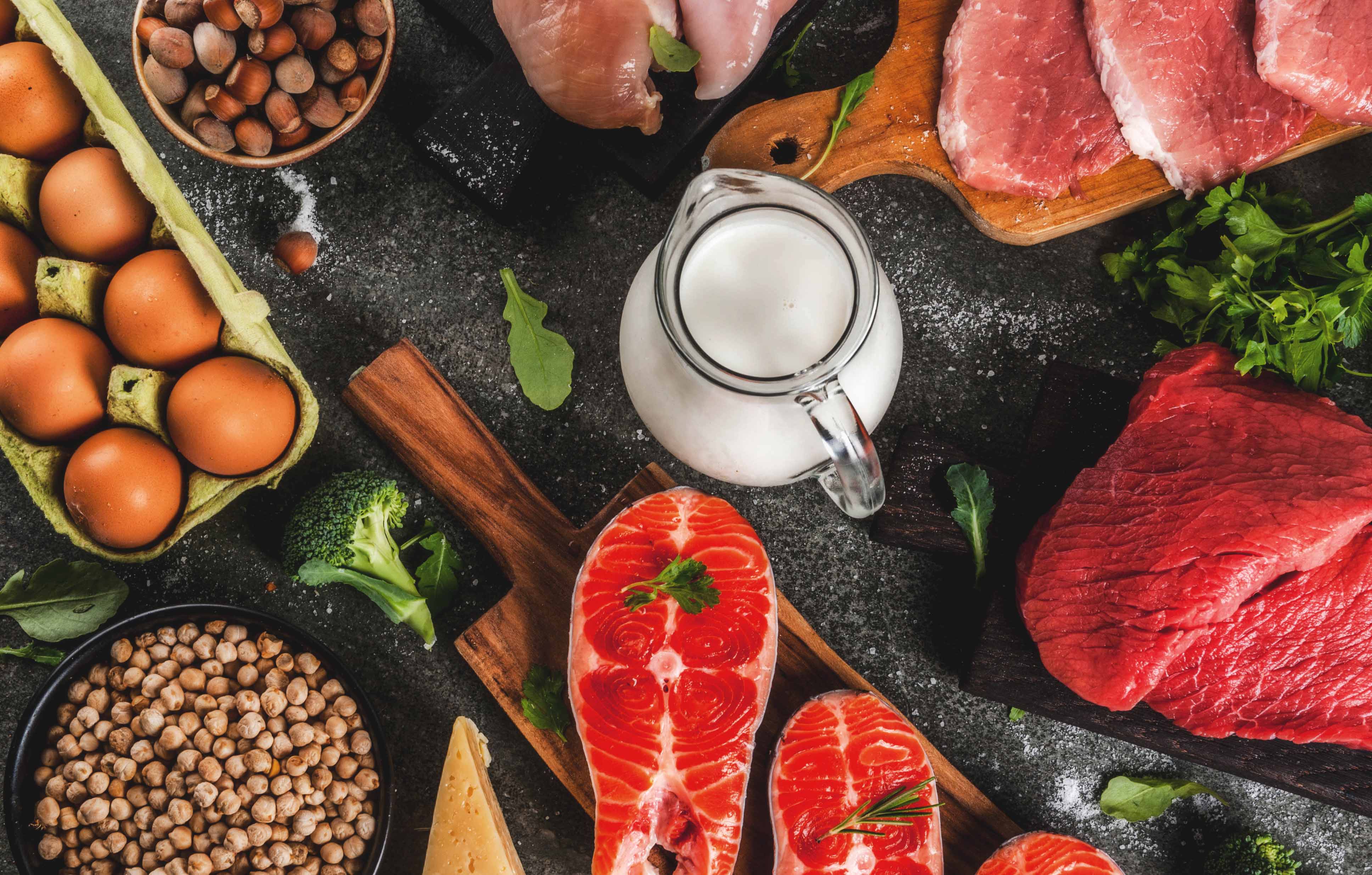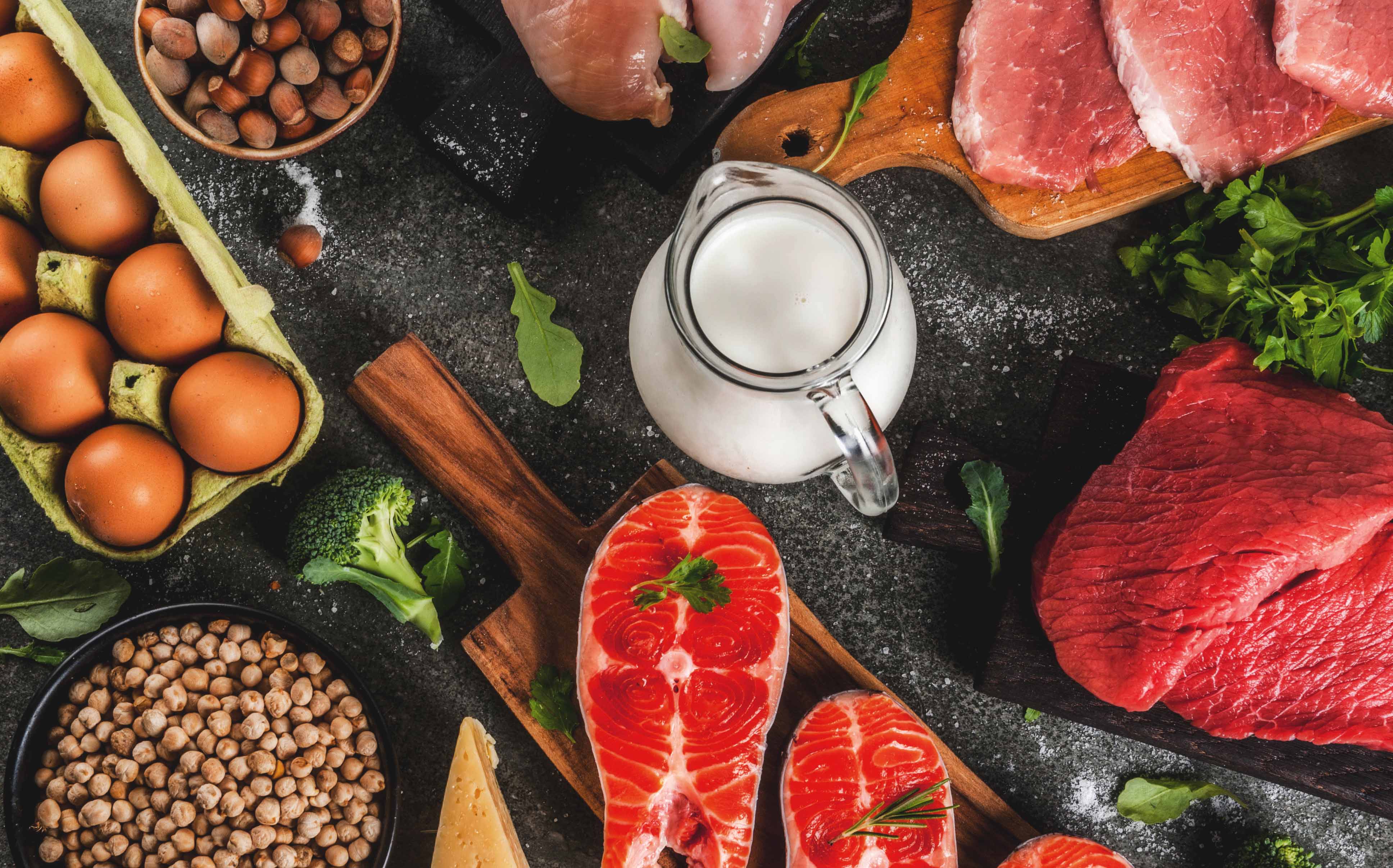Explaining amino acids


When you consider the fact that amino acids are found in every cell in our bodies and are directly embedded into our DNA, it’s no surprise that they’re commonly referred to as the building blocks of life. Here’s everything you need to know about why amino acids are so important to good health and where you can find them (the answer may surprise you!)
What are amino acids and why are they important?
Amino acids are compounds used by our bodies to make proteins. Although more than 50 amino acids have been discovered by scientists, we use only 20 of these amino acids to form different types of protein on a cellular level. Amino acids are joined together by peptide bonds to form long molecular chains and each unique combination of amino acids forms a protein. These proteins are used to form our DNA, build muscle mass, digest food, circulate blood, protect the body against disease, and to maintain healthy hair, skin and nails.
How are amino acids categorized?
Amino acids are categorized as being nonessential, essential, or conditionally essential. Out of the 20 amino acids needed for optimal health only 11 of them are naturally produced by the human body. Because of this shortcoming, nine of these amino acids must come directly from food sources and are therefore referred to as essential amino acids. The nine essential amino acids are isoleucine, methionine, threonine, tryptophan, valine, histidine, leucine, lysine, and phenylalanine.
Nonessential amino acids are naturally produced by the human body and therefore do not require supplementation.
Conditionally essential amino acids are nonessential amino acids which become essential under circumstances such as illness, cancer treatment, aging or premature birth.
Where are essential amino acids found?
Essential amino acids are found in the food we eat. Foods that contain all nine essential amino acids are called complete proteins. Most examples of complete proteins are animal-based and include meat, poultry, fish, shellfish, dairy, and eggs. Plant-based complete proteins include quinoa, buckwheat, amaranth, soybeans, tofu, and seitan.
What is protein combining?
Popularized in the 1970s by Frances Moore Lappé’s influential vegetarian guidebook, Diet For A Small Planet, protein combining is the act of eating certain plant-based foods together in order to form a complete protein. Examples of protein combining include beans with a cooked grain, hummus and pita bread or nut butter and whole wheat bread. However, the practice of protein combining has since been debunked and is no longer endorsed by dietitians. The American Dietetic Association and Dietitians of Canada have released the following statement regarding a plant-based diet and the need for protein combining:
Plant protein can meet requirements when a variety of plant foods is consumed and energy needs are met. Research indicates that an assortment of plant foods eaten over the course of a day can provide all essential amino acids and ensure adequate nitrogen retention and use in healthy adults, thus complementary proteins do not need to be consumed at the same meal.
In other words, as long as you’re eating a healthy plant-based diet that includes a variety of vegetables, fruits, seeds, pulses, grains, and nuts you’ll have no problems getting all nine amino acids throughout the day.
Supplementing with amino acids
Despite the fact that all nine essential amino acids are readily available from the food we eat, certain amino acids are being isolated and sold in supplement form to purportedly help with accelerated muscle repair, athletic performance, overall mood, insomnia, and weight loss. However, there is very limited data on the actual effects of amino acid supplementation so be sure to speak with your physician or dietitian before making any changes to your supplement regimen.
